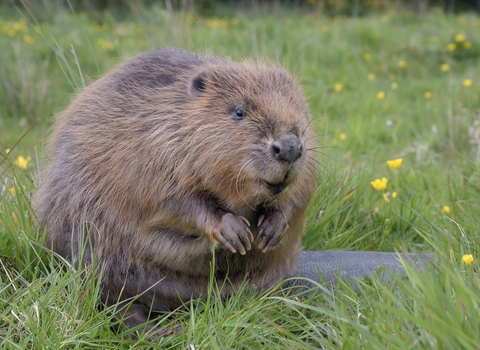Starting with tangibles (length 1m, weight up to 30kg, scientist-enchanting pelts1 and dams2), my research trail quickly devolved into a tale of human excess.
A University of Southampton paper3 says that without human settlement, “in a natural river landscape, beaver dams exist in virtually all smaller rivers.” Some time in the second millennium (reports vary4) a taste for pelts and meat brought on the extinction of beavers in England.
I asked zoologist Dr Stephen Green from the Centre for Applied Zoology at Cornwall College what makes the loss so important.
“As more and more links are removed from the interconnected web of species relationships there is an increased likelihood of complete collapse,” Dr Green told me. “Some, known as keystone species or ecosystem engineers, have an inordinate impact on the system around them.”


